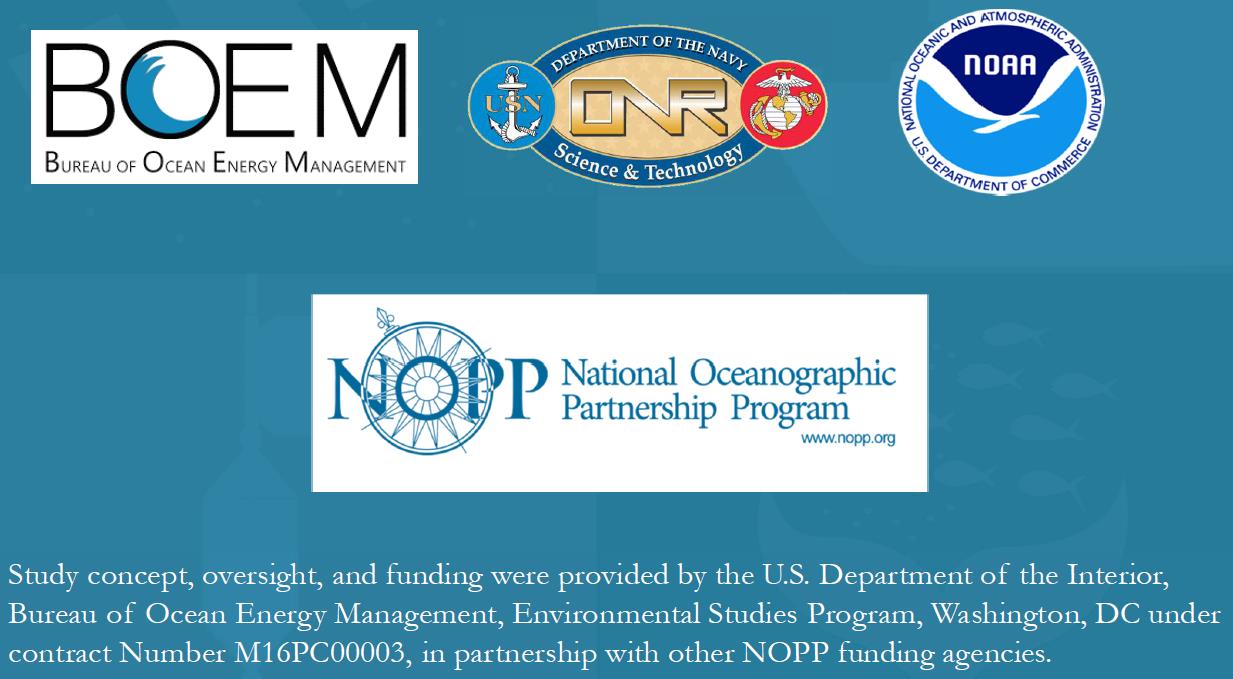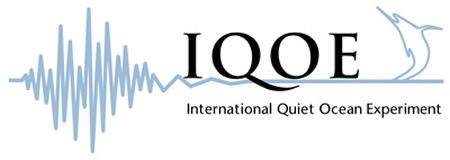Written by Hannah Blair, Stony Brook University graduate student.
The R/V Armstrong raced northward Monday, heading inland to Cape Hatteras to take some shelter from the bad weather and rough seas. On the way, though, we stopped at our Wilmington site early Tuesday morning to sneak in one last deep trawl (down to 1000 m). The trawl lasted over three hours, and we got some cool animals from it, including our second anglerfish of the trip and a very interesting large (and strangely squishy) amphipod, a type of crustacean.

We also conducted the deepest CTD cast we’ve done on the trip yet, down to 2042 meters in 3000 m of water. Along with the CTD rosette we sent something peculiar: a securely-attached bag of styrofoam cups, each decorated with the artistic stylings of the ADEON science crew. The pressure of 2000 meters of water shrinks the cups down to about a fifth of their original size, creating fun keepsakes from the trip!

But now that that’s done, we continue our journey to Cape Hatteras. So what does a marine scientist do when the weather is bad?
First we batten down our figurative hatches, checking to make sure all our equipment is secure. Then we take our sea-sickness meds, and hunker down to wait out the weather. This involves such activities as catching up on other work, sneaking in some extra sleep, and of course: the night shift utterly defeating the day shift in a game of Taboo.


